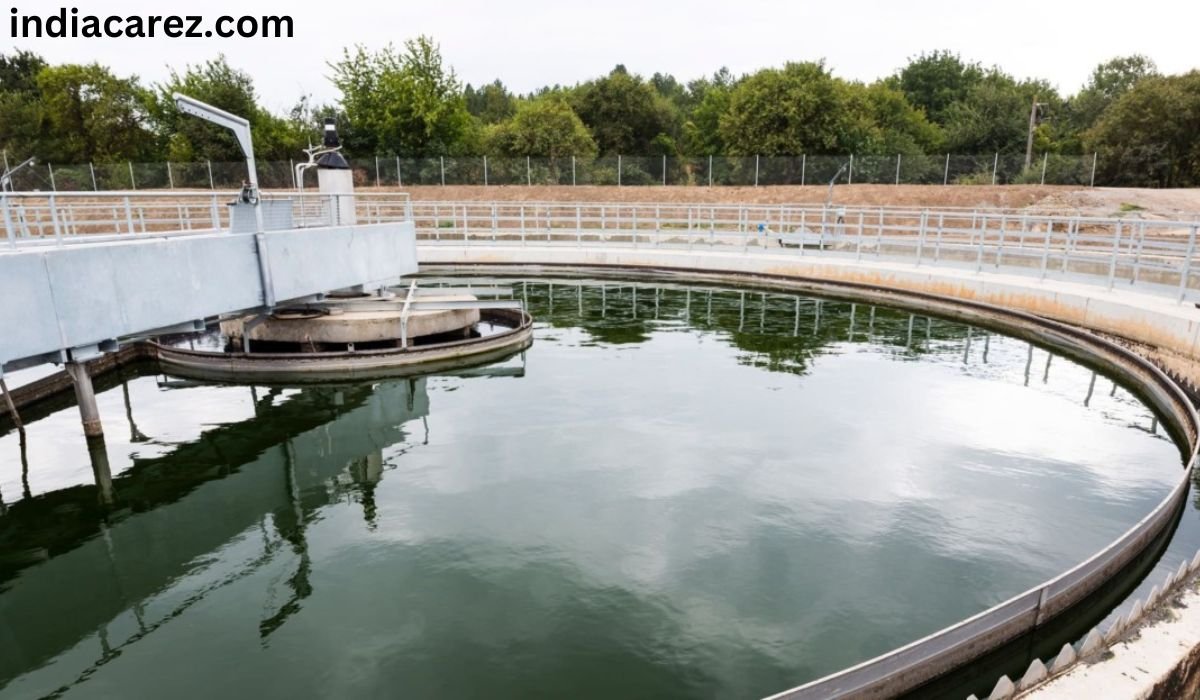Stormwater management is crucial in urban planning, often overlooked until severe weather events reveal its significance. As cities expand, managing stormwater becomes more complex, with poor practices leading to environmental and infrastructure problems. This article discusses the challenges of urban stormwater management, the consequences of inadequate systems, and effective strategies to address these issues.
The Challenges of Stormwater Management in Urban Areas
Urban areas are characterized by a high density of impervious surfaces such as roads, rooftops, and parking lots. These surfaces prevent rainwater from naturally infiltrating the ground, leading to increased runoff. This runoff can overwhelm drainage systems, cause flooding, and carry pollutants into water bodies. The rapid pace of urbanization exacerbates these challenges, necessitating innovative and sustainable stormwater management solutions.
Environmental and Infrastructural Impacts of Poor Stormwater Management
Environmental Impacts
- Water Pollution: Runoff from urban areas often contains pollutants such as oils, heavy metals, and nutrients from fertilizers. These contaminants can degrade water quality in rivers, lakes, and oceans, harming aquatic ecosystems and posing risks to human health.
- Erosion and Sedimentation: Increased runoff can lead to soil erosion and sediment deposition in water bodies, disrupting habitats and reducing water clarity. This can affect aquatic life and impair the recreational and aesthetic value of water resources.
Infrastructural Impacts
- Flooding: Inadequate stormwater management systems can result in localized flooding, damaging properties, infrastructure, and disrupting daily life. Flooding can also pose safety risks to residents and emergency responders.
- Strain on Public Utilities: Excess stormwater can overwhelm sewage and drainage systems, leading to sewage overflows and increased maintenance costs. This strain on public utilities can divert resources from other essential services.
The Importance of Implementing Effective Strategies
Effective stormwater management is crucial for enhancing urban resilience, protecting natural resources, and ensuring public safety. By adopting best practices, cities can mitigate the adverse impacts of stormwater and create more sustainable and livable communities.
Best Practices for Stormwater Management
Green Infrastructure
Green infrastructure involves the use of natural systems to manage stormwater. Unlike traditional grey infrastructure, which relies on pipes and sewers, green infrastructure mimics natural processes to capture and treat runoff.
- Permeable Pavements: These pavements allow water to infiltrate the ground, reducing runoff and promoting groundwater recharge. Permeable pavements are ideal for parking lots, sidewalks, and low-traffic roads.
- Rain Gardens: These are shallow, planted depressions that capture and treat stormwater. Rain gardens slow down runoff, allowing it to infiltrate the soil and be absorbed by plant roots. They also enhance the aesthetic value of urban areas and provide habitat for pollinators.
- Retention Ponds: These ponds are designed to hold stormwater and release it slowly, reducing peak runoff rates. Retention ponds can also improve water quality by allowing sediments and pollutants to settle before the water is discharged.
Benefits of Best Practices
- Reducing Flooding: Green infrastructure practices like permeable pavements and retention ponds help manage runoff more effectively, reducing the risk of flooding. By slowing down and capturing stormwater, these practices prevent drainage systems from becoming overwhelmed.
- Improving Water Quality: Rain gardens and permeable pavements filter pollutants from stormwater, improving the quality of water that eventually reaches rivers and lakes. This helps protect aquatic ecosystems and ensures safer water for recreational activities.
- Enhancing Urban Resilience: By incorporating green infrastructure, such as SWPPP like those in Utah, into urban planning, cities can become more resilient to climate change impacts like increased rainfall and severe weather events. These practices not only manage stormwater but also provide co-benefits like improved air quality, reduced urban heat island effect, and enhanced biodiversity.
Conclusion
Effective stormwater management is crucial for sustainable urban development. By using green infrastructure like permeable pavements, rain gardens, and retention ponds, cities can reduce stormwater impacts, safeguard natural resources, and enhance community livability. Embracing these solutions will help create resilient and environmentally responsible urban areas.











